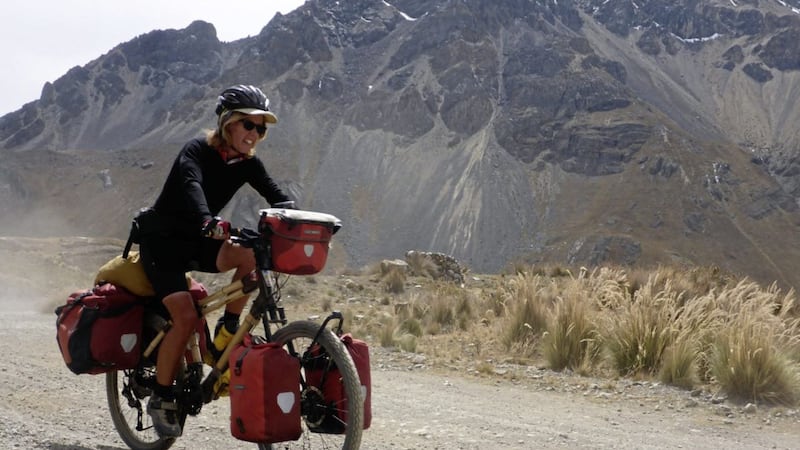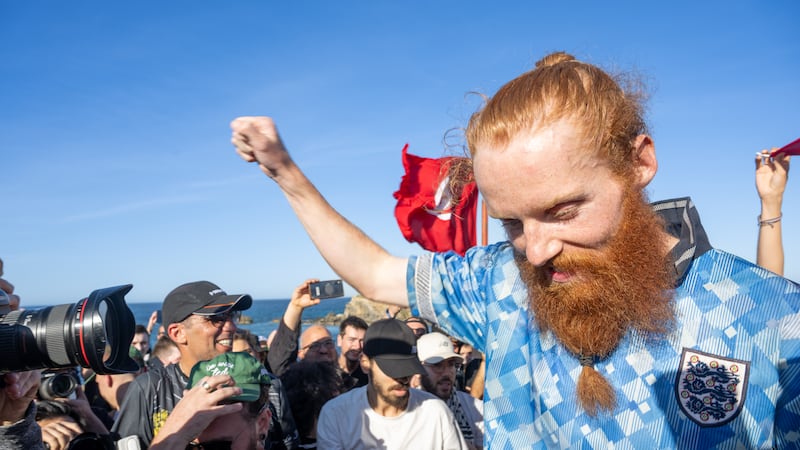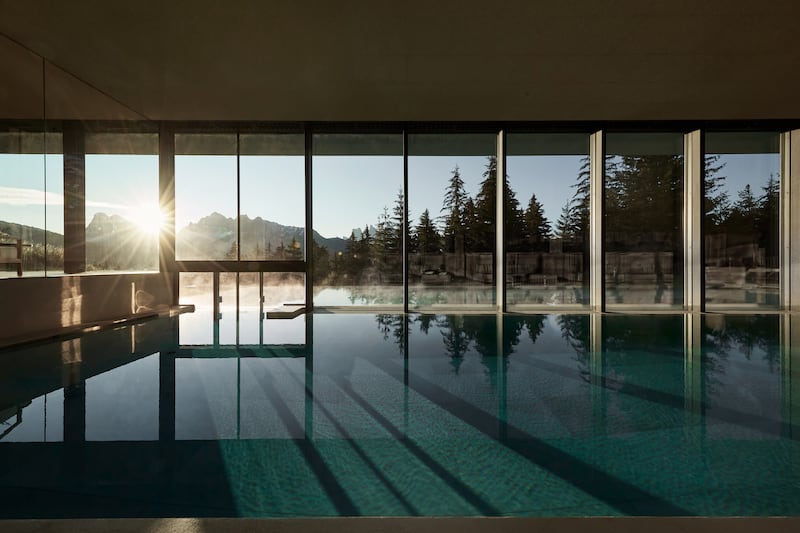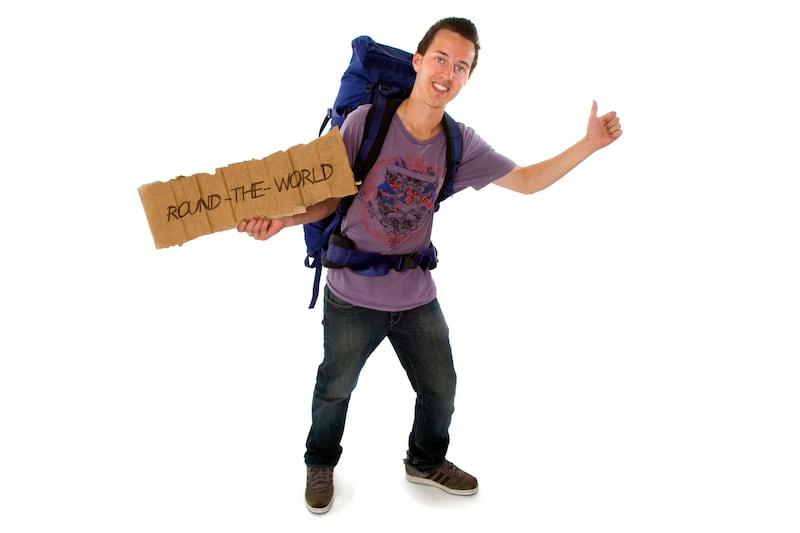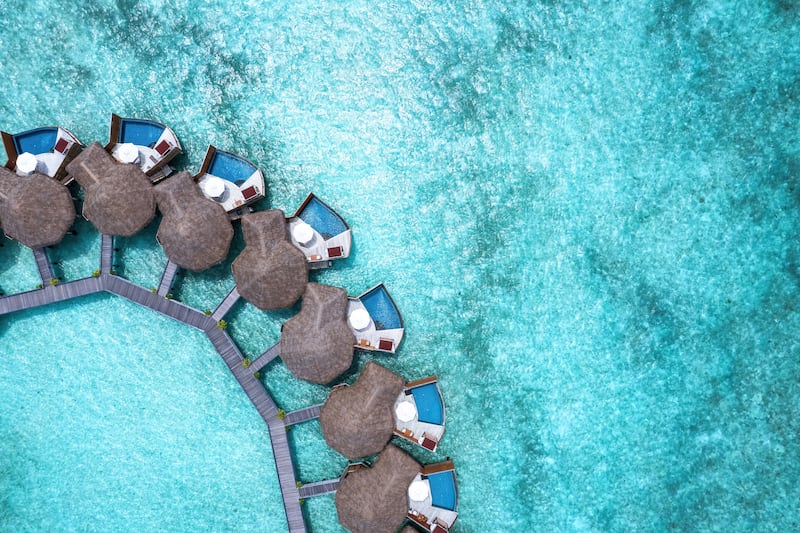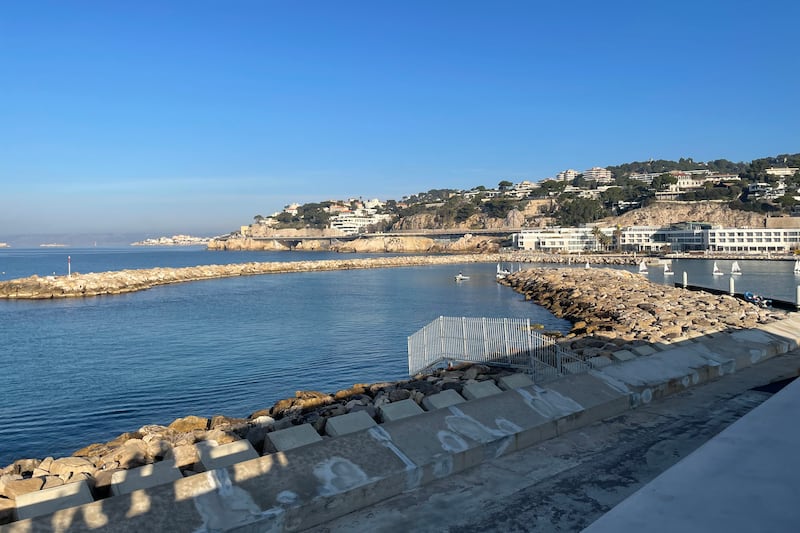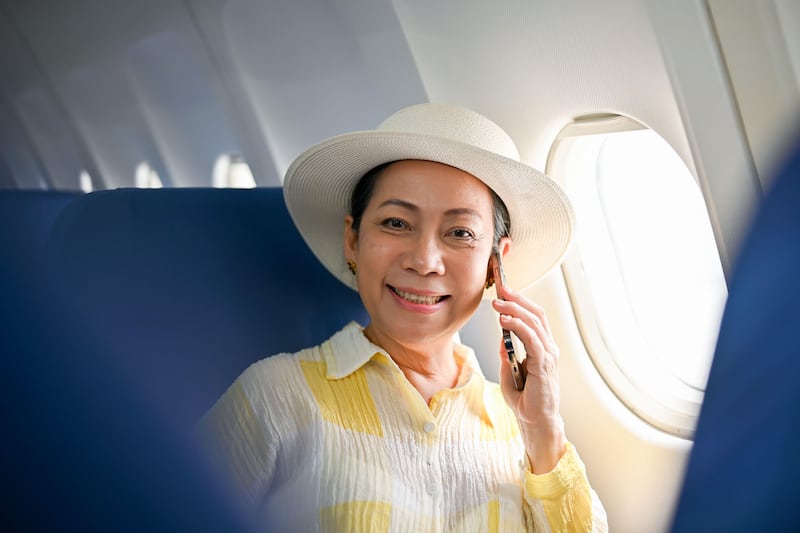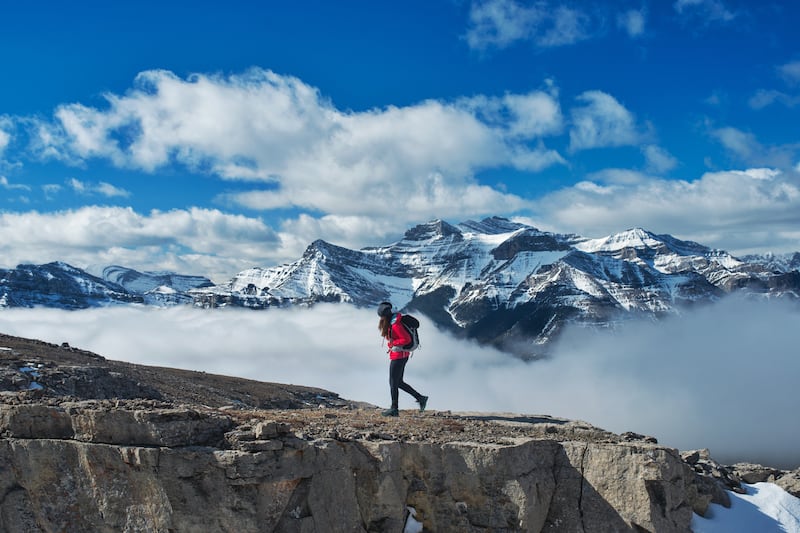THERE'S no doubt cycling 8,288 miles across South America on a self-built bamboo bicycle sounds like hard work. But for Kate Rawles, as is the case for many adventurers, the pedalling was just part of The Life Cycle challenge.
Lots of work took place beforehand – prepping for the epic project saw her ride 'Woody' from Colombia to Cape Horn, sleeping in a tent – and it isn't over.
Since returning home to Cumbria in 2018, Rawles has been busy delivering talks and writing about the ride and its greater purpose, to "raise awareness and highlight the urgent need for action on biodiversity loss", and plotting plans for a UK Life Cycle tour.
Rawles, who has also worked as a philosophy and outdoor studies lecturer, has always been interested in environmental issues and felt the pull of adventure. The first time she majorly combined the two was in 2006, when she set off on The Carbon Cycle, 4,553 miles from Texas to Alaska, focused on climate change.
One of her big inspirations, says Rawles, is North American writer Bill Plotkin. "He argues that if you can find the intersection between something you really love doing, and something that the world actually needs, that sweet spot in the middle is where you'll be your happiest and also your most effective."
Here, Rawles tells us more...
:: The inspiration behind the journey
"I've always loved cycling in mountains, particularly hot sunny mountains. I also care passionately about the devastating impact humans are having on the planet, so the inspiration was to try and bring those two things together. To have an amazing adventure but also use that to do something positive for the planet. I wanted to focus on biodiversity loss because the avalanche of species extinction we're currently witnessing, the beginning of what's being called the sixth great extinction, is a very big issue. It's every bit as important as climate change, but currently getting much less press."
:: Would Woody go the distance?
"The idea of building my own bike out of bamboo just seemed to fit. Low-impact, and I loved the idea of doing a biodiversity ride on a bike that used to be a plant. I worked with a group called Bamboo Bicycle Club in London and got the bamboo from the Eden Project in Cornwall. We think it's the UK's first homegrown bicycle.
"Much to everybody's amazement, the bike was absolutely brilliant. It just went and went and went! I had barely any mechanical problems, it was the most reliable bike I've ever ridden."
:: A low-impact project
"For the Carbon Cycle trip, I flew across the Atlantic and it took me a while to figure out the hypocrisy in that. I started off thinking, 'Well I'm going for three months, I'll be riding my bike when I'm there, I'm doing it for environmental reasons', and then you realise that mindset is part of the problem. For this one, I wanted to think harder about it, so I crossed on a cargo ship. That reduced the co2 emissions from about two tonnes to about 50kg, according to Mike Berners-Lee, a carbon footprint specialist."
:: Going with the flow
"Another big challenge was the logistics. I was trying to visit lots of projects along the way, so that took a lot of setting up and a lot of Google Translate, which I'm sure caused a lot of entertainment. I'd tried to learn Spanish before I left, but didn't get far.
"But I couldn't really plot from the UK where I was going to end up each night. On any given day, you don't know whether you're going to have a headwind or tailwind or what's going to happen. So it was quite busy, cycling often 10 hours a day, trying to find food and somewhere to pitch my tent, catching up with emails, blogging and doing social media."
:: When scenery steals the show
"In Bolivia I went across the salt flats, which was like cycling into a hot, white ocean. You sort of crunch as you ride over it and it's really hot and windy. Nothing lives there. Then south of the flats was Eduardo Avaroa National Reserve. It has coloured lakes with thousands of pink flamingos and all sorts of other birds swirling around – a very important area for wildlife, so I really wanted to get there.
"Going into the rainforest was also spectacular; just the density of life and how many sounds you hear. You hear more than you see when you're in the rainforest. Another highlight was the Cordillera Blanca in Peru – big, spiky white mountains, and I actually really like being at that sort of altitude, about 14,000-15,000ft."
:: When the going gets tough
"Getting to Eduardo Avaroa involved cycling for about four days on really rough roads – it got so tough! Lots of steep, nasty climbs and thick gravel. I ended up pushing my bike – 17.5 kilos with all the stuff on it – for two-and-a-half days. There was one point where I threw the bike on the floor and sat down and cried!
"The other really tough section was getting to Ushuaia, Patagonia, on time. I had a cargo ship booked back and I couldn't miss it. But I encountered these beastly Patagonia headwinds – it's so windy in Patagonia, the wind even has its own road signs! – crazy headwinds where you end up going backwards. I was cycling all the hours I could and was utterly exhausted. Then at the last minute the wind changed, and I sat on a tailwind for 99 miles. That cracked it, although I was practically hallucinating by the end."
:: The bigger picture
"I met some really amazing environmental activists on all levels, from small local projects to people working in the Peruvian Senate to try and improve legislation. Very inspiring people, and some of them were working at great risk to themselves. I met some anti-gold-mining activists in Colombia; two of their group have been assassinated.
"It makes you think hard about why people are doing this. That for me is a key message: nature is not a luxury. It's not just a nice thing to have, somewhere to go and have a picnic. It's our life support system. All of this stuff is critical to human life."
